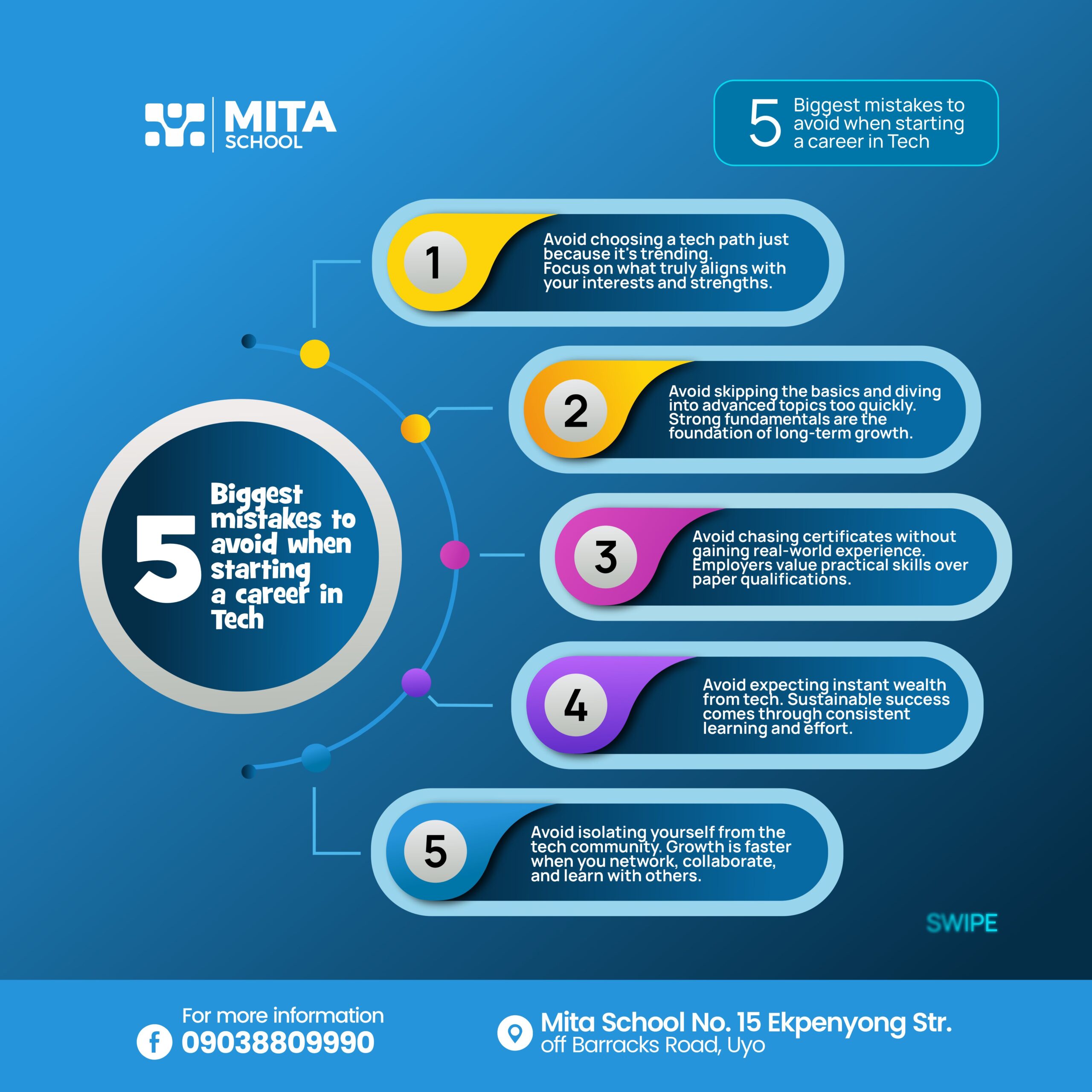Out of the many web development languages around, about 79.8% of websites use PHP, while Python is gaining tremendous momentum in the web development world. Both languages, although used for web development, serve different purposes.
What if you could easily decide which tech stack to use for your project? We are talking about knowing which one serves you better, PHP vs. Python. That would mean fewer headaches and more confidence in your work, right? Well, first, there is a need to know the differences between these programming languages. Only then will one fully appreciate both and arrive at an informed, balanced decision. Python is a high-level programming language that is for the most part, an interpreted language.
On the other hand, there is PHP, an open-source, scripting language suited for web development. It is essential to know the difference between these two programming languages. This is so because PHP vs Python in 2025 is an important comparison of the two most favored server-side languages today.
PHP vs Python: Differences and Similarities
Before we go off to compare the two programming languages, let’s first understand what they are. The first thing we need to mention is that, in some regards, PHP and Python are quite similar (which is why people compare them a lot). Both languages are:
- Open source – PHP and Python are free to download and use as you will. Their source code is publicly available and they are supported and constantly improved by large developer communities.
- Back-end focused – Both languages are made for back-end development, meaning running on a web server and creating the big-picture structure. They are not for controlling the user interface or front end like JavaScript or CSS.
- High level – That means they are made for human understanding as opposed to machine processing.
- Interpreted – This is opposed to compiled. Both PHP and Python are translated into machine-readable code while being processed – instead of beforehand.
- Object-oriented – Both languages know objects and classes, pieces of data with unique attributes and behavior. Their focus is also on manipulating elements rather than the logic behind the manipulation.
- Cross-platform – This means they work in different environments and platforms, e.g. Windows, macOS, and Linux.
Aside from that, there are also some stark differences between PHP and Python, so let’s dive a little deeper into each.

What is PHP?
PHP stands for “Hypertext Preprocessor”. The acronym originally comes from “Personal Home Page Tools”. This is what developer Rasmus Lerdorf called some scripts he used on his own website back in 1994 and which formed the basis for PHP.
The first official version of PHP came out in 1995. After many years of further development, we are currently on PHP 8.1, which came out in November 2020.
The programming language is known for its accessible syntax, great database support, and universality. It runs on almost all operating systems (Windows, macOS, Linux, and Unix), types of devices (desktop, mobile devices), and servers (IIS, Apache, NGINX, and more).
Well-known users include Facebook, Slack, and Tumblr. In addition, PHP powers a number of content management systems (CMSs) including WordPress, which runs more than 40% of the Internet at this point.
Applications of PHP
PHP is a server-side scripting language. It can generate dynamic page content in HTML, add, modify, and delete data as well as open, write, read, close, and delete files on a web server. In addition, it has capabilities such as evaluating form data, sending and receiving cookies, controlling user access, processing secure transactions, and more.
Because of these capabilities, it’s most commonly used for building web pages and applications. While it’s suitable for other purposes, this is what PHP excels at. That’s also why it often serves as the main technology of content management systems. Besides WordPress, there are Joomla and Drupal. Plus, in the ecommerce sector, you have Magento, PrestaShop, OpenCart, and more.
PHP is also capable of things like graphic design and image processing. For example, it can rotate, resize, crop, and otherwise manipulate a great number of image formats. It’s also able to power desktop apps, create charts, and more. However, its principal domain is powering web presences.

What is Python?
Developed by Guido van Rossum, Python was first released in 1991. It has been diligently updated since then with the most current version being Python 3.10, released in October 2021.
As you will see below, Python is one of the fastest-growing programming languages in terms of popularity. It can also boast some famous users including Instagram, Spotify, Netflix, and Pinterest.
However, in contrast to PHP, it’s more of a general-purpose language and less focused on web development. It’s suitable for small and large-scale projects, application development, and rapid prototyping. It also has many features that make it easy to hit the ground running.
As we will see below, one of the main features of Python is its ease of use and beginner-friendliness. It’s also highly extendable and powerful.
Applications for Python
What can you use Python for?
For one, the language is popular in web development. It powers frameworks and CMSs like Django, Bottle, Flask, Django CMS, and Plone. It also comes with modules and libraries for standard tasks like content management and working with a database. In addition, it supports protocols like HTTP, FTP, IMAP, POP, and more.
Aside from that, Python is one of the most popular languages in data science and analysis, machine learning, and artificial intelligence. It also has a lot of modules for these applications like SciPy, Seaborn, Pandas, IPython, and TensorFlow.
Finally, since it is OS-agnostic, you can employ the language to create graphical user interfaces and use it in software development. For example, the Spotify desktop app is Python-based. There are even games written with it.
In short, Python is flexible, powerful, and widely capable.
All clear so far? Then let’s start comparing PHP and Python to see which is the right language for you.

Ease of Learning
Both languages are considered beginner-friendly, but Python has a reputation for being one of the easiest programming languages ever created. Its syntax looks like English, it avoids messy punctuation, and it forces clean indentation. That’s why so many coding bootcamps start with Python.
PHP isn’t hard either- especially if you’re coming from a C-style language background. Its syntax is familiar, it integrates directly with HTML, and hosting environments often come with PHP pre-installed. But compared to Python’s clarity, PHP can feel inconsistent at times.
Verdict: If you’re brand new to programming, Python is smoother to pick up.
Speed and Performance
For years, PHP had the reputation of being “slow.” But that changed with PHP 7 and 8, which dramatically improved execution speed. Today, PHP is often faster than Python when it comes to handling raw web requests and database operations.
Python, meanwhile, isn’t known for raw speed – it’s interpreted and memory-heavy. But speed isn’t everything. Python excels in complex applications where heavy computation, machine learning, or integrations matter more than shaving milliseconds off response time.
Verdict: PHP wins in speed for traditional web apps, Python holds its own when the project gets complex.
Frameworks and Ecosystems
Frameworks often decide how fast and clean development feels.
-
On the PHP side, we have Laravel, Symfony, and CodeIgniter. Laravel especially has made PHP elegant again, with clean syntax, built-in tools, and scalability. Add to that WordPress, Magento, and Drupal, and PHP still rules the CMS and eCommerce world.
-
On the Python side, Django, Flask, and FastAPI have exploded in popularity. Django in particular is famous for enforcing clean structure, scalability, and security – making it the framework of choice for startups and enterprises.
Verdict: PHP frameworks dominate CMS-driven projects, Python frameworks are more versatile for modern apps.
Scalability and Flexibility
Can both scale? Absolutely. Facebook runs on PHP, Instagram runs on Python – proof enough that either can handle billions of users.
The difference is in flexibility. Python plays well in environments that need machine learning, AI integration, or data processing on top of web features. PHP, while scalable, is more narrowly focused on web development.
Verdict: Both scale, but Python offers broader flexibility for modern use cases.
Security
Security depends heavily on developers, but some languages make it easier than others.
Python, especially with Django, bakes in protection against SQL injection, CSRF, and XSS attacks right out of the box. It’s also widely trusted in industries like finance and government, which says a lot about its credibility.
PHP has improved massively in security with frameworks like Laravel. But historically, poorly written PHP applications have been frequent hacking targets – largely because PHP was so widely used and often misused.
Verdict: Python is generally considered more secure by default.
Database Support
PHP was practically born to work with MySQL – it’s part of the famous LAMP stack (Linux, Apache, MySQL, PHP). Connecting PHP with a database is fast and painless.
Python supports MySQL too, but setup requires extra steps and connectors. On the flip side, Python integrates beautifully with PostgreSQL, MongoDB, and modern cloud databases, making it more flexible in complex ecosystems.
Verdict: PHP wins for classic MySQL projects, Python for diverse database needs.
Career Opportunities in 2025
This is where things get interesting.
PHP is everywhere. If you’re building WordPress plugins, custom themes, or maintaining legacy codebases, there’s steady demand. But salaries for PHP developers tend to be lower compared to newer languages.
Python, meanwhile, is one of the most in-demand languages in the world right now. It’s not just web development—it’s AI, machine learning, data science, cloud automation, and beyond. That demand translates into higher salaries and broader career paths.


In 2025, Python developers earn 15–25% more on average than PHP developers.
PHP vs Python – The Technical Difference Table
| Feature | Python | PHP |
|---|---|---|
| Syntax | Clean, easy to learn | Inconsistent at scale |
| Ecosystem | AI, ML, Web, Data, Automation | Web-focused (CMS, eCommerce) |
| Performance | Moderate speed | Faster request handling |
| Frameworks | Django, Flask, FastAPI | Laravel, Symfony, CodeIgniter |
| Security | Strong by default | Framework-dependent |
| Scalability | Enterprise-ready | More challenging |
| Libraries | 450k+ (beyond web) | Strong but web-centric |
| Hosting | Growing (cloud) | Universal |
| Career Scope | Broad & future-proof | Narrower to web dev |







Mr Jahno Paul
This is quite helpful, at least I know what to choose now…. When it comes to the financial aspect
Shalom Peter
This is such a well-balanced breakdown . I really like how you highlighted not just the technical aspects of PHP and Python, but also their real-world applications and career opportunities. The way you simplified the differences makes it easy for both beginners and experienced devs to get value from this. Personally, I love how you showed that both languages still have their place depending on project needs, no unnecessary bias, just facts.
Keziah Uwah
I’ll still pick python over PHP, cause of their security aspect… I’m really into keeping data safe